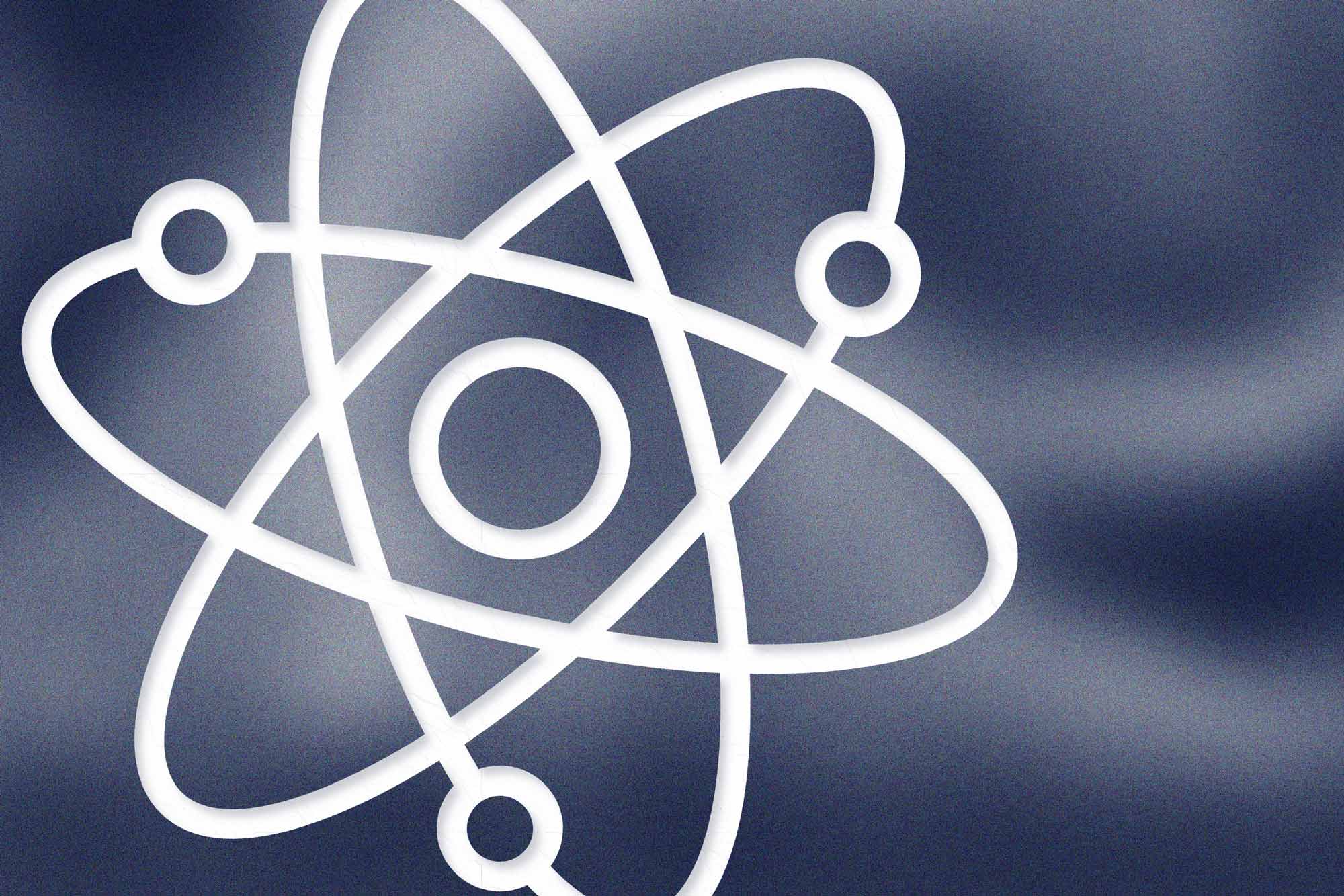
Illustration by Emily Faith Morgan, University Communications
The dream of generating massive amounts of clean, renewable energy through combining atoms, rather than splitting them, may be a little closer to reality. The U.S. Department of Energy announced Tuesday that scientists had, for the first time, created a fusion nuclear reaction that resulted in a net energy gain - meaning the process resulted in excess energy beyond what it took to create the reaction.
That outcome offers enticing possibilities for a future in which energy needs might be met without the climate-harming byproduct of carbon or dangerous nuclear waste.
University of Virginia professor E. Craig Dukes, an expert in experimental high-energy physics, said the milestone achieved at the Lawrence Livermore National Laboratory opens a potential pathway, even if it comes with some caveats.
"I'm excited, and I'm not excited," Dukes said. "This has been a long process - 60 years in the making. This is something I saw coming, the day they would surpass break even."

E. Craig Dukes is an expert in experimental high-energy physics. (Department of Physics photo)
The "break even," though, depends on how you look at it, he said.
From one perspective, the laser-based apparatus, called an "inertial confinement reactor," did transfer about 2 megaJoules of laser energy to an energy capsule, reaping 3 megaJoules of fusion energy.
That modest but historically significant amount of power is about the equivalent of 2 ounces of gasoline - or maybe a kilogram of food for us humans, Dukes said.
From another perspective, however, the energy transferred was dwarfed by the overall amount of energy needed to run the experiment - the so-called "wall power" backing it up.
"If you look at the actual efficiency of the what's driving the laser, you're getting only 1% out of what you put in," Dukes said.
The Energy Department's announcement arrived a week after the breakthrough date, Dec. 5, and serves as a sort of shot across the bow of rival fusion techniques. In Europe, a variation called magnetic confinement fusion has been significantly more developed, despite having not made its first net energy gain announcement. That process does not rely on focusing lasers.
The possibilities for fusion have been known for about 800 years, with the sun serving as a living example of the form of energy production.
To achieve fusion, scientists combine heavy hydrogen (a deuterium atom) and ultraheavy hydrogen (a tritium atom). But high heat and pressure are needed to overcome the atoms' natural repulsion and create a bond, Dukes said.
The fuel pellets used at Livermore's National Ignition Facility, where the research took place, are roughly the size of a BB, yet they hold outsized potential.
"The pellets are enclosed in a man-made diamond and housed in a cylinder called a hohlraum that's about a centimeter long and half a centimeter in diameter," Dukes said. "That's where they produce the X-rays that they use to heat and compress the fuel."
Though the target is small, the lasers used currently span about three football fields to achieve the desired intensity.
Dukes said the cost of powering the laser and the fact that the fuel pellets will have to cost, by his estimate, about a dollar apiece, means that the technology has a long way to go. Despite the government's ambitious goal of a working reactor prototype in the next decade, the professor suspects it will take at least several decades before fusion is commercially viable.
But if it works, the payoff could be immense.
"The fuel is effectively unlimited," he said.






